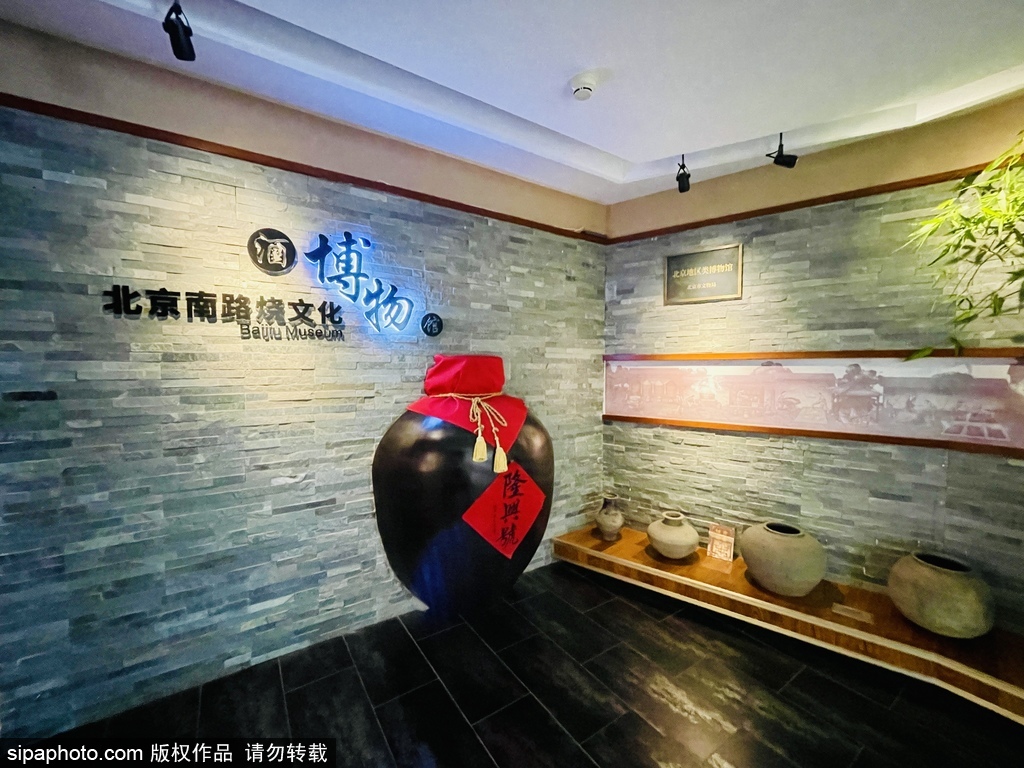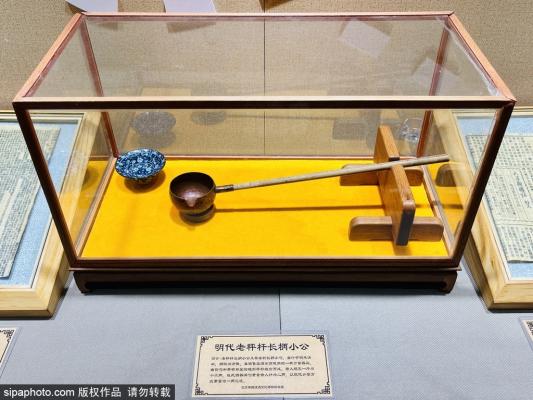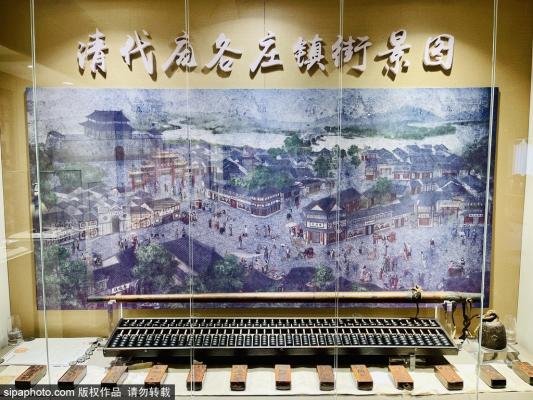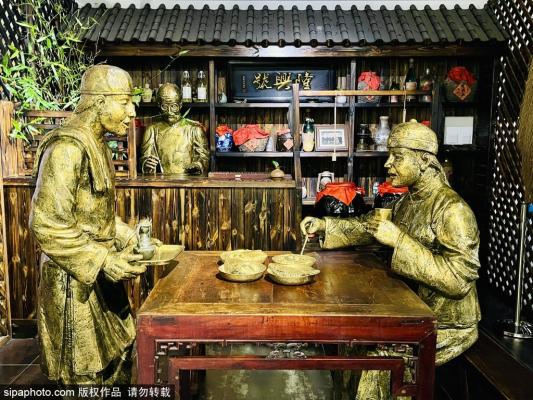Beijing Daxing Nanlushao Baijiu Museum(大兴南路烧酒博物馆)

-
Type:
History -
Tel:
18614021713
Description
Beijing Daxing Nanlushao Baijiu Museum(大兴南路烧酒博物馆)
Beijing Daxing Nanlushao Baijiu Museum is the only Baijiu culture museum in the Daxing area. It is recognized as a "China Time-Honored Brand," a "Beijing Time-Honored Brand," and a "Beijing Intangible Cultural Heritage Unit," and serves as an industrial technology tourism demonstration enterprise. The museum spans over 4,000 square meters and houses more than 10,000 historical artifacts. Exhibits include ancient brewing tools, a restored four-eyed well, the Longxing Distillery, Baijiu baskets, c...
Read MoreBeijing Daxing Nanlushao Baijiu Museum(大兴南路烧酒博物馆)
Beijing Daxing Nanlushao Baijiu Museum is the only Baijiu culture museum in the Daxing area. It is recognized as a "China Time-Honored Brand," a "Beijing Time-Honored Brand," and a "Beijing Intangible Cultural Heritage Unit," and serves as an industrial technology tourism demonstration enterprise. The museum spans over 4,000 square meters and houses more than 10,000 historical artifacts. Exhibits include ancient brewing tools, a restored four-eyed well, the Longxing Distillery, Baijiu baskets, carts, wheelbarrows, and ancient green brick fermentation pits, each with a history spanning over a century. Through tourism, education, and hands-on experiences, the museum showcases the rich culture of Nanlushao Baijiu. The traditional flavor of the Baijiu is preserved by storing it in cellars and burying sealed ceramic jars in sand.
Small cellar technology of blue brick in Jin Dynasty
The technology of small cellar fermentation of blue brick has been going on for more than 800 years. The blue brick is made of loess and rice pulp by hand. The cellar pool is built with blue bricks and white ash, and yellow mud and glutinous rice slurry are added for jointing. In the process of fermentation, centennial blue brick can adjust the water content and the cool temperature of Baijiu to promote the growth of microorganisms, which makes the Baijiu richer in trace elements.
Historical origin
According to the Records of Shuntian Prefecture, in the 27th year of Kangxi in Qing Dynasty (1688), four roads, namely East, West, South and North, were set up in the suburbs of Beijing, in charge of 24 counties in Shuntianfu. Nanlu Tongzhi is located in Huangcun, Daxing County, so the pot in Daxing is collectively called "Nanlushao" because of its origin.
At the end of the Qing Dynasty and the beginning of the Republic of China, there were 13 cooking pots in Daxing area, including Longxing, Beiyufeng, Nanyufeng, Yonghe, Dexing Yong, Dadexing, Tongyiquan, Tongquanmao, Wanquansheng, Chunyiquan, Yiyuanyong and Yuxing.
In 1941, Wanping county established the Liquor Industry Association, and recommended Mr. Wang Yougui as its president. Before that, the Nanlushao Brewing Technology was only passed down by word of mouth, and there was no official written record or authority certification. The historical event that Wang Yougui became the president of the Wanping county Liquor Industry Association became a symbol event recognized by the industry, and the Nanlushao Brewing Technology became one of the representatives of the brewing technology in Daxing and even the northern region.
The traditional brewing of liquor from South Daxing Road is not only based on the rich underground water system in Yongding River basin, but also has its own unique features in material selection, koji-making, fermentation, cellar, small brick pit distillation, blending, storage and other links, forming a unique brewing technique of South Daxing Road.
The brewing technique of Baijiu in Daxing Nanlushao is a summary of rich brewing practice for hundreds of years and the crystallization of the wisdom of brewers, which inherits and retains the ancient brewing technique well. The inheritance history of South Daxing Road's brewing skills is the epitome and witness of the development of Chinese brewing history, and it is a precious historical and cultural resource with important value. Nowadays, the brewing technology of Shaoxing Baijiu on Daxing Nanlushao has been applied by Beijing Longxing Fangzhuang Baijiury, and has been well protected, developed, innovated and passed down.


